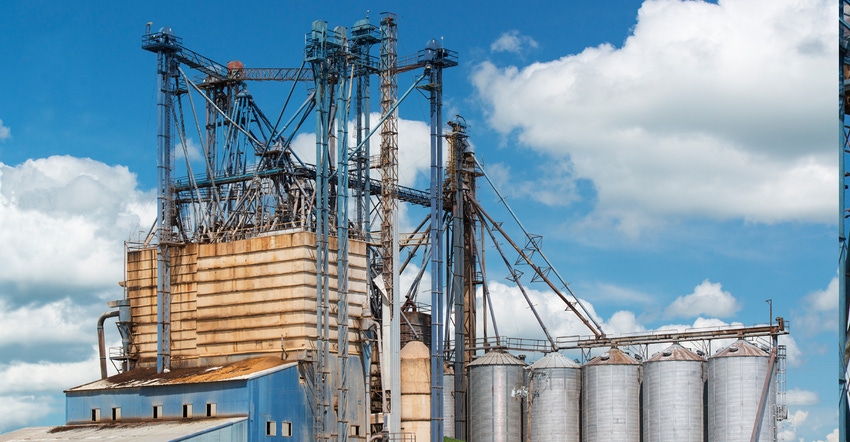August 25, 2022

Kansas State University has released new recommendations for sampling feed that officials say will help meet the agricultural industry’s need to limit the presence of pathogens in feed mills.
“The concept of feed safety — or applying biosecurity to a feed mill and feed delivery system — has become more common in the swine industry to limit pathogen introduction into feed mills or production locations,” says veterinarian Grace Houston, who completed the new recommendations as a doctoral student working with K-State’s feed safety team. “These resources were designed with the intent of meeting the industries’ need for sampling resources of pathogens within feed mills.”
Houston says implementing a sampling program to measure the amount of potential pathogen contamination within a feed mill is challenging, given the uncertainty of sample size and minimal standardization for sampling techniques. She said there is an industry need for sampling resources for feed mills and production systems if a business is concerned about feed safety.
“The goal was to create resources that could be accessed by anyone who is interested in creating a feed safety sampling program at feed mills,” Houston says. “These resources have also been formatted in a variety of different ways so that a wide range of people can utilize them.”
Houston said the resources are split based on the intended audience:
Standard operating procedures. Standard operating procedures instruct feed mill employees on how to take feed and environmental samples, how to log samples, and how to ship samples to the laboratory.
Additional resources. Additional resources instruct veterinarians, feed mill managers or nutritionists on sample size, the types of samples, where to collect samples, how to interpret results from laboratory analysis, and strategies to reduce contamination.
Houston noted that most of the resources are in PDF format, but some standard operating procedures are also in video format or excel spreadsheets. The new feed sampling resources website can be found online at ksufeed.org.
Source: Kansas State Research and Extension is solely responsible for the information provided and is wholly owned by the source. Informa Business Media and all its subsidiaries are not responsible for any of the content contained in this information asset.
You May Also Like




